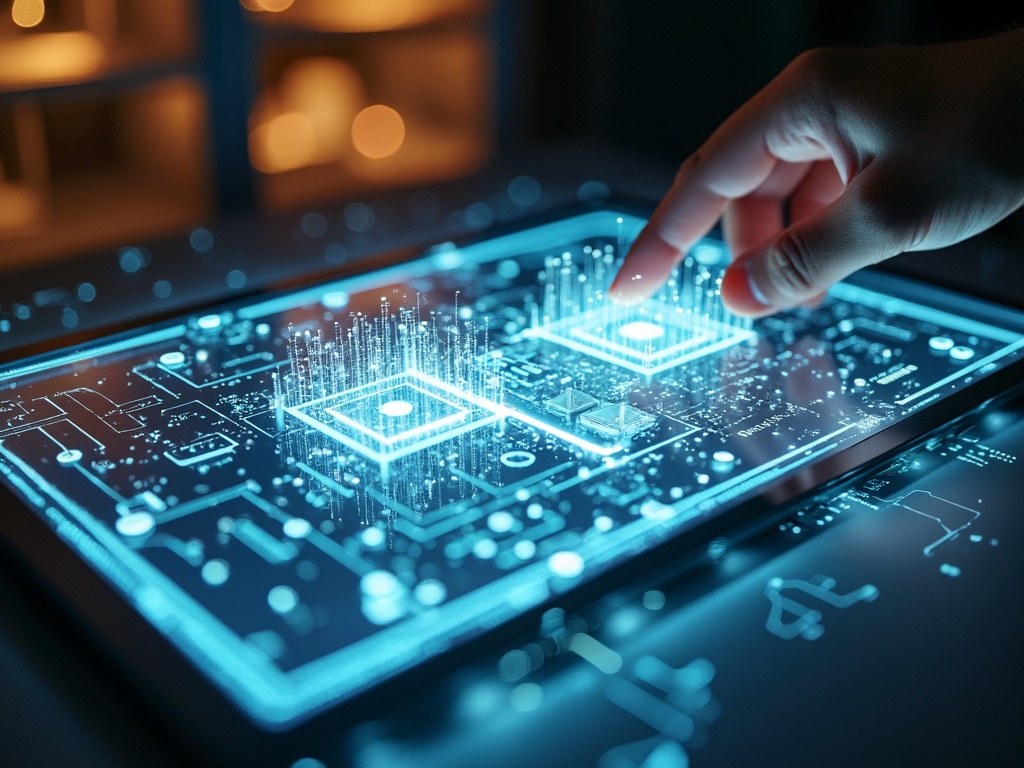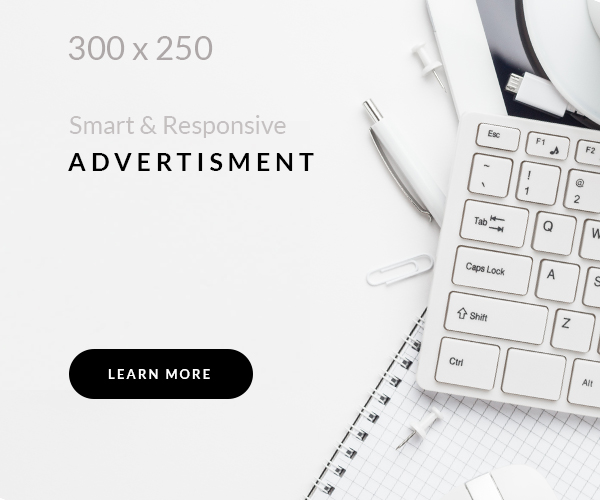Augmented Reality (AR) is revolutionizing the retail landscape, offering customers immersive “try before you buy” experiences. With the U.S. AR/VR market projected to reach $15.4 billion by 2028, retailers are leveraging this technology to boost conversion rates and reduce returns significantly.
Key Takeaways:
- AR product visualization can increase conversion rates by 250%
- 76% of consumers expect to use AR as a practical daily tool by 2025
- Virtual try-ons for clothes, makeup, and furniture are reducing return rates
- In-store AR experiences enhance navigation and customer engagement
- Future developments include AI integration and wearable AR technology
The Future of Shopping: AR's Billion-Dollar Impact on Retail
The retail industry is undergoing a profound transformation, driven by the rapid adoption of Augmented Reality (AR) technology. The total AR/VR market in the U.S. is estimated to reach $10.3 billion in 2024, with projections soaring to $15.4 billion by 2028. This growth isn't just a passing trend; it's a reflection of changing consumer expectations and behaviors.
A staggering 76% of consumers anticipate using AR as a practical tool in their daily lives by 2025. This shift in consumer mindset is driving retailers to integrate AR into their shopping experiences, both online and in-store. The impact on conversion rates has been nothing short of remarkable, with AR product visualization increasing conversions by up to 250%.
Leading e-commerce platforms have already witnessed the power of AR. Shopify and Overstock.com have reported conversion rate boosts of up to 200% when implementing AR features. These figures underscore the transformative potential of AR in reshaping the retail landscape and meeting evolving customer expectations.
Virtual Try-Ons: Revolutionizing Product Visualization and Reducing Returns
One of the most impactful applications of AR in retail is the virtual try-on experience. This technology allows customers to visualize products in a highly realistic manner before making a purchase. From clothing and makeup to furniture and home decor, AR is bridging the gap between online shopping and the physical retail experience.
L'Oréal's ModiFace AR filters exemplify this trend, enabling customers to experiment with different makeup shades and styles virtually. In the home furnishing sector, Wayfair's AR app Decorify lets shoppers see how furniture pieces would look in their actual living spaces. These innovations aren't just about enhancing the shopping experience; they're driving tangible business results.
The implementation of AR in product visualization has shown remarkable benefits:
- Reduction in return rates by up to 5%
- Increase in order conversion rates by 40%
These improvements translate to significant cost savings for retailers and increased satisfaction for customers, creating a win-win scenario in the e-commerce ecosystem.
Enhancing In-Store Experiences with AR Navigation and Interactive Displays
AR isn't limited to online shopping; it's also transforming the brick-and-mortar retail experience. Marks & Spencer's List&Go app showcases how AR can streamline in-store navigation, guiding customers to exact product locations. This not only enhances the shopping experience but also increases efficiency and customer satisfaction.
Interactive AR displays and kiosks are another innovation taking hold in physical stores. These installations provide tailored product recommendations and immersive brand experiences. PacSun, for instance, has implemented AR storefront displays that create visually stunning backdrops for their collections, blending the physical and digital realms seamlessly.
The impact of these AR experiences on customer engagement is substantial. Businesses offering branded AR experiences are 41% more likely to capture consumer attention, highlighting the technology's potential in creating memorable and interactive retail environments.
The Future of AR in Retail: AI Integration and Wearable Technology
As AR technology continues to evolve, its integration with Artificial Intelligence (AI) promises even more personalized and efficient shopping experiences. AI-powered AR systems will offer highly accurate product recommendations, tailoring the shopping journey to individual preferences and behaviors.
The advent of wearable AR glasses is set to revolutionize how augmented reality integrates into daily life, including shopping. These devices will enable seamless mixed reality experiences, blurring the lines between physical and digital retail environments even further.
Beyond customer-facing applications, AR is also enhancing employee training in the retail sector. Walmart's implementation of VR training programs demonstrates how this technology can reduce costs and improve performance across various aspects of retail operations.
Leading retailers embracing AR technology include:
- L'Oréal
- Nike
- Apple
- IKEA
As these industry giants continue to innovate with AR, we can expect to see even more creative and practical applications of this technology in the retail space, further transforming how we shop and interact with products.
Sources:
RetailWire
Overly: Augmented Reality Retail Examples
Mondo: 5 Game-Changing Ways AR and VR are Transforming Retail
Appinventiv: Augmented Reality in Retail






